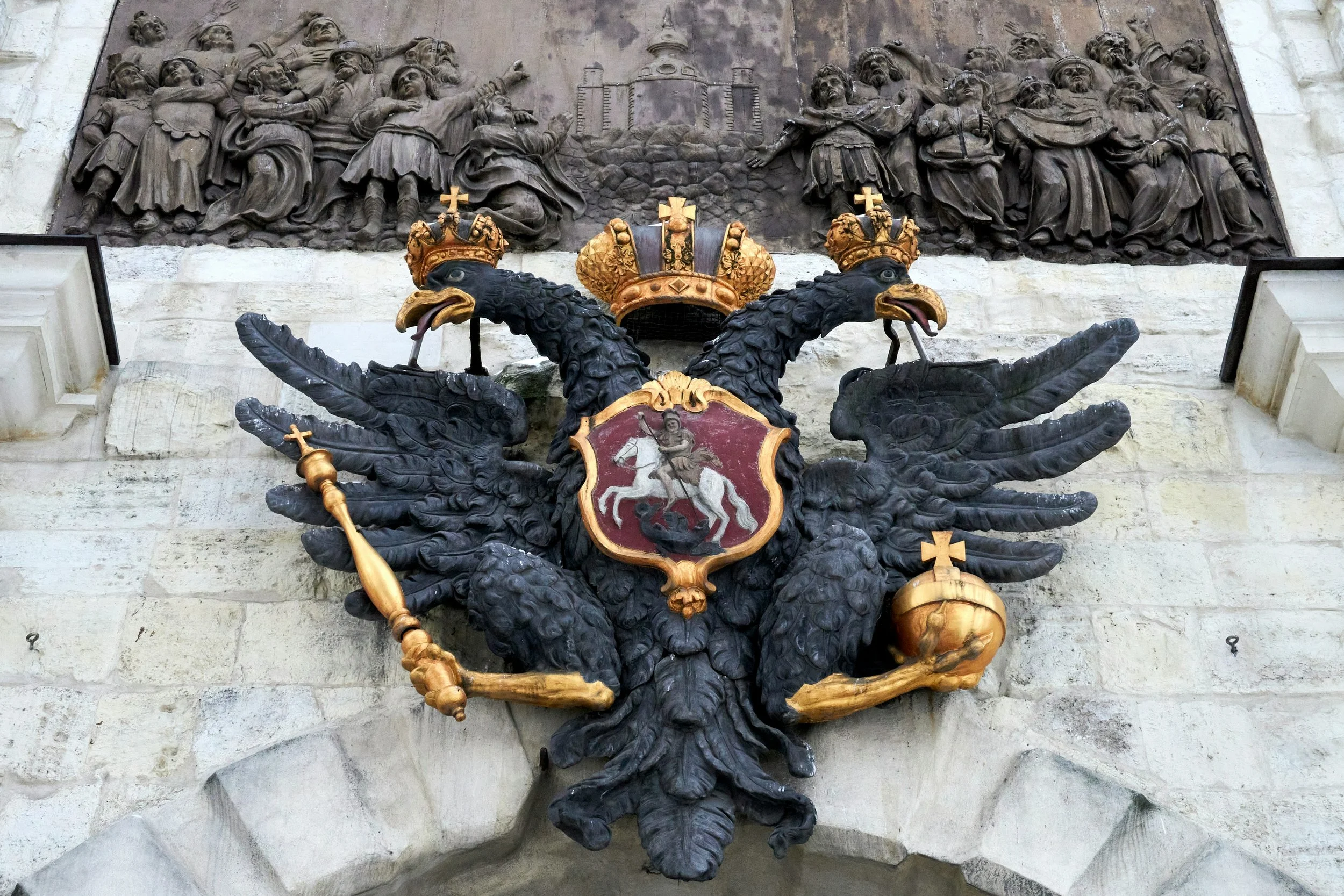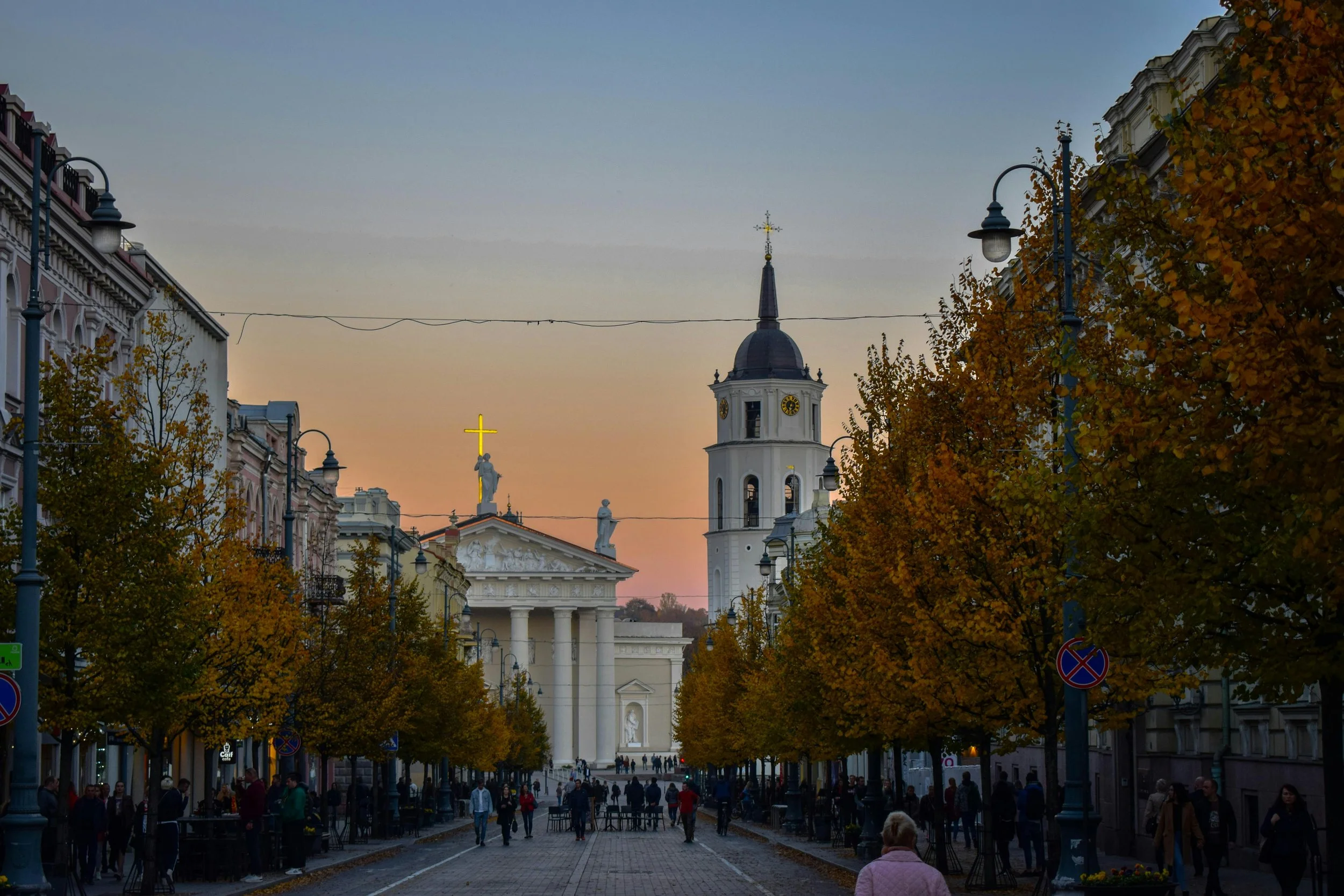The Russian Empire
After 410 years of joint rule and growing into the largest country in Europe, the mighty Polish-Lithuanian commonwealth was devoured in a relatively short span by it’s three neighbouring powers - The Russian Empire, Habsburg Monarchy and Prussian Kingdom.
Yes! - this was an almighty betrayal by the Habsburg Monarchy who had been saved by the Commonwealth from Ottoman domination 100 years earlier by the largest cavalry charge seen in European history.. but that’s for another day. What happens slowly can then happen suddenly, and the three partitioning powers took pieces and then finally the whole pie of the Commonwealth over 30 years in 1772, 1793 and finally in 1795.
But why did it happen? Well, the commonwealth was politically weak, with much internal division, foreign interference and slow-moving processes (for example any noble could block new legislation). In 1791, in an attempt to reform these feudal structures and make radical change, an Enlightenment-inspired constitution was codified, the second in the world after the United States of America, but this only further encouraged the neighbouring autocrats to take action before these ideas spread to affect their rule. A faction of disgruntled Polish nobles even invited the Russians troops to “restore the old order” 😔
Of the three powers, it was the Russian Empire (it’s in the name) which took the largest share of the eastern lands - most of Lithuania, Belarus, Ukraine and parts of Eastern Poland.
The Russian two-headed eagle, with an ambition to rule over both East and West. Saint Petersburg, Russia
Lithuania was dreaming of freedom, and when Napoleon passed through Vilnius with his Grande Armée in 1812, they believed it. He stayed for two weeks enjoying the finer things in life before marching on Moscow with his 600,000 men.
But it was not to be for Napoleon or Lithuania, as he suffered a massive defeat at the hands of mother Nature and the vastness of Russia, and Lithuania returned to St Petersburg rule.
The Lithuanian’s were granted some autonomy - particularly in the Catholic Church and Polish-speaking nobility, however this all changed after the November uprising of 1830.
What started in the autumn of 1830 in Warsaw quickly spread to Lithuania and Belarus by the spring of 1831, until much of the former commonwealth was in open revolt. Unfortunately, without the supplies and co-ordination of the Russian army it was all relatively quickly quashed, and the Russians began a harsher Russification. What followed was the closure of universities including Vilnius, the confiscation of land and the targeting of Catholic clergy to be exiled or imprisoned. Martial law was declared across rebel regions and thousands were executed or sent to Siberia.
Again, in 1863 a massive uprising took place against Russian rule across all of the former Polish-Lithuanian commonwealth, but again, it was defeated. This time, the russification went a step further and enacted the Lithuanian press ban, banning the Latin script (only Cyrillic Lithuanian allowed) and replacing Lithuanian schools with Russian-only institutions. The goals of the Tsar were to forge loyalty to him through the destruction of local culture, which also included the replacement of Roman Catholicism with Russian Orthodoxy.
Vilnius sunset, Lithuania
But the Lithuanian’s resisted, and the Knygnešiai ("book smugglers") who illegally smuggled Lithuanian books across the border from Prussia became national heroes. Secret “daraktoriai” schools sprung up to teach Lithuanian language and culture in secret and the national consciousness only grew stronger in the face of this external pressure.
The hardened resistance only revived the nation further, collecting folklore and reclaiming history (such as the reality of the size of the Grand Duchy of Lithuania!).
World War I brought some changes, with Germany occupying Lithuania from 1915, and when the Russian Empire collapsed during the 1917 revolution, Lithuania was ready.
By 1918, 123 years after its fall, Lithuania declared it’s independence.
Now you might understand a bit better the modern Lithuanian identity, shaped by centuries of struggle to retain its culture under foreign rule, and we haven’t even reached the Soviet-era yet. Next comes the Bolshevik invasion (Tsar or commoner, the Russians just can’t stop)…

